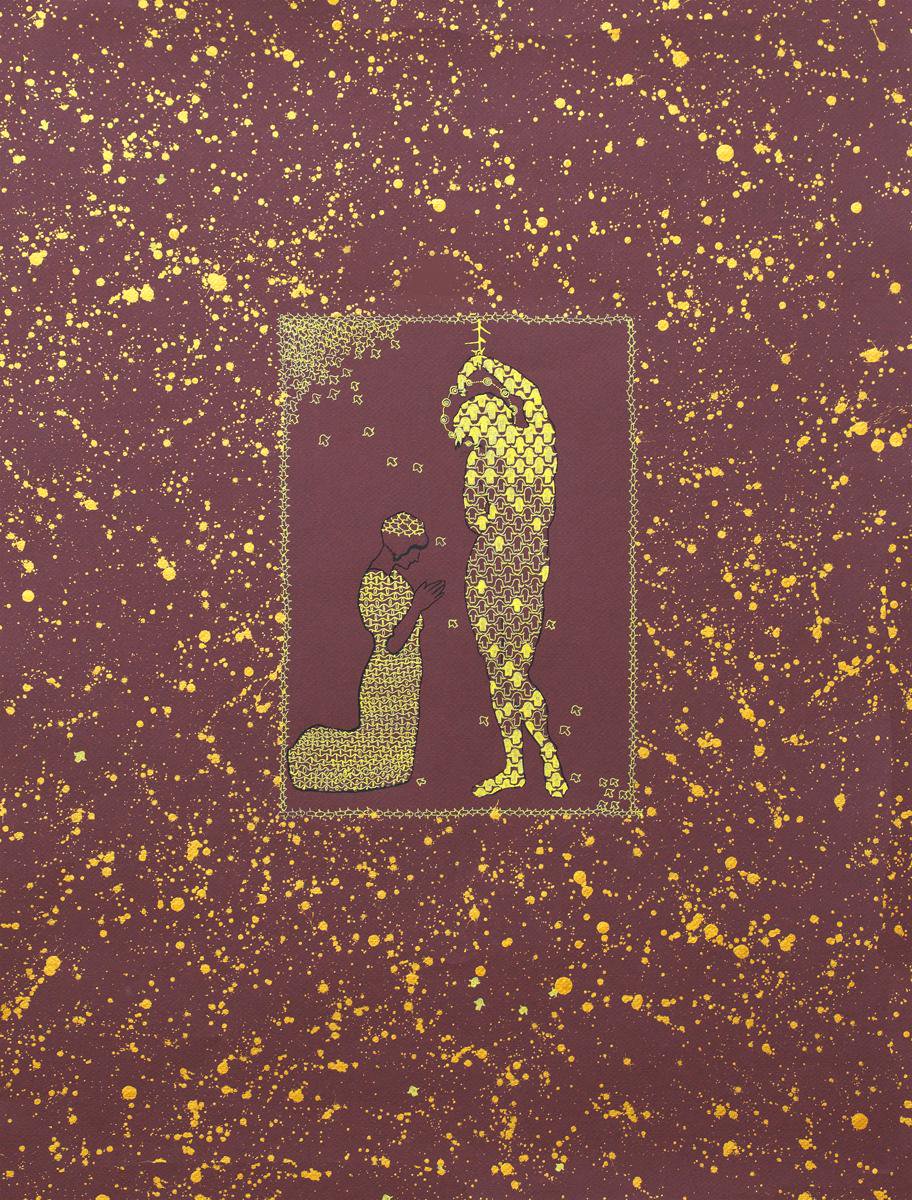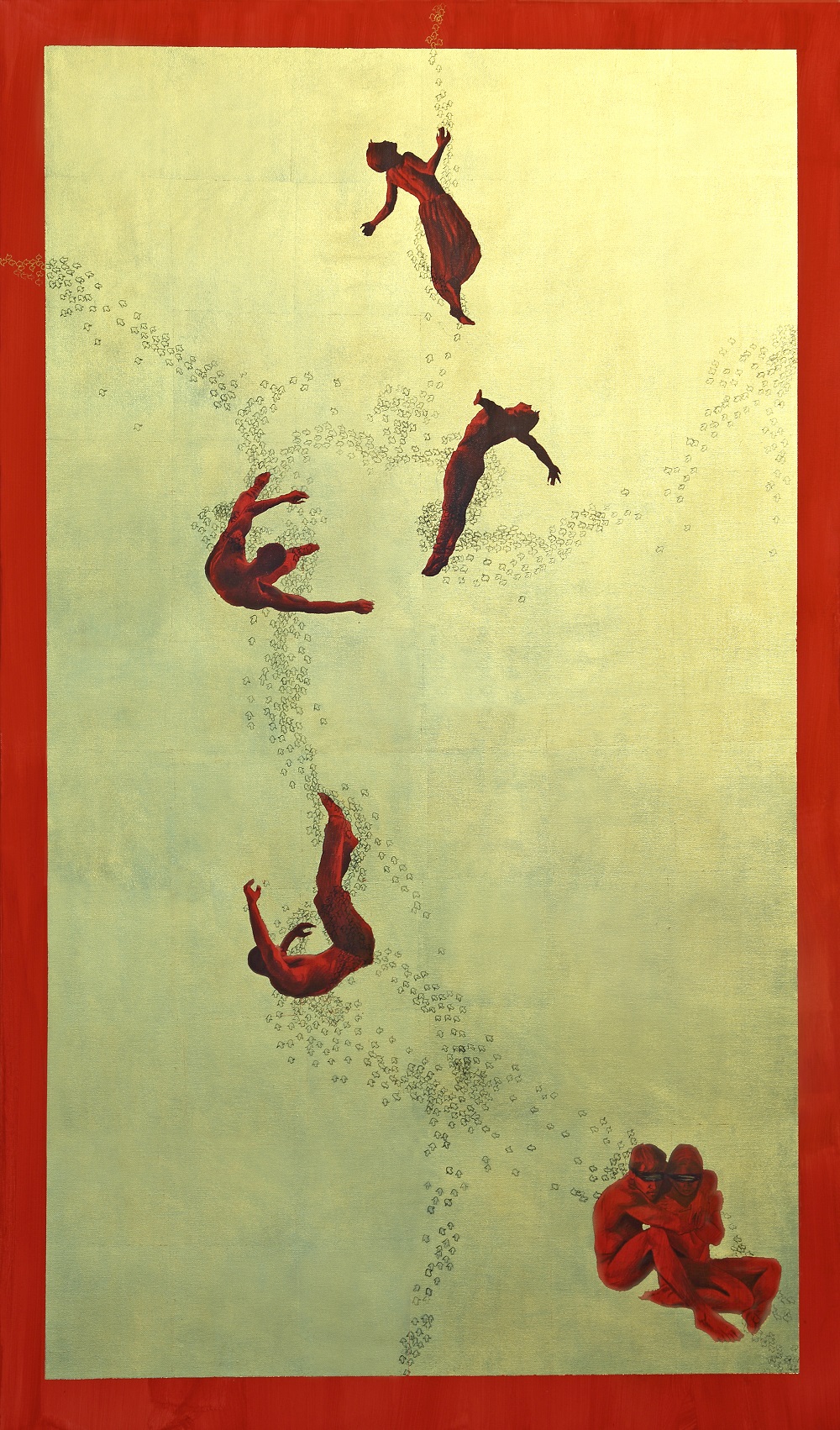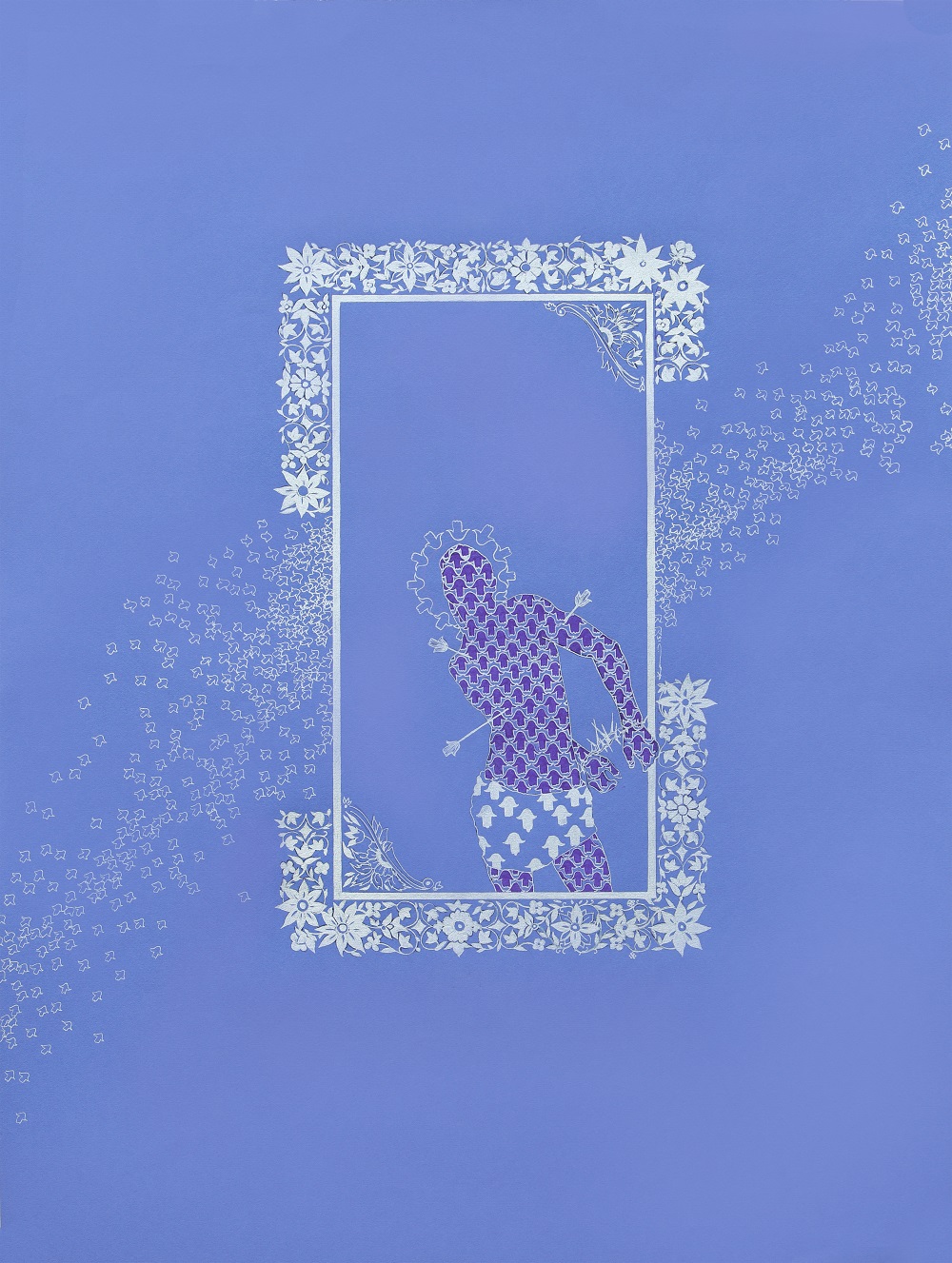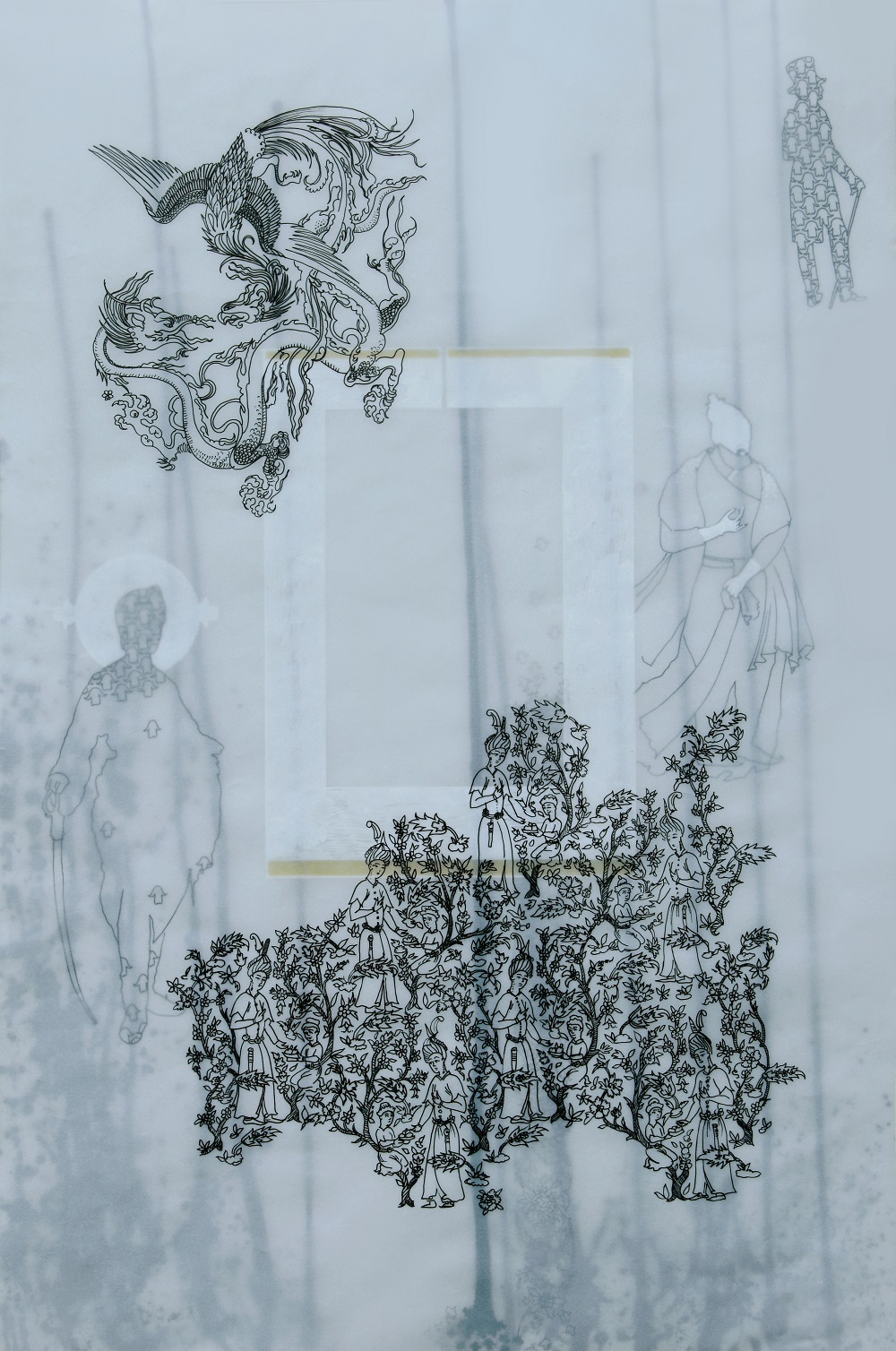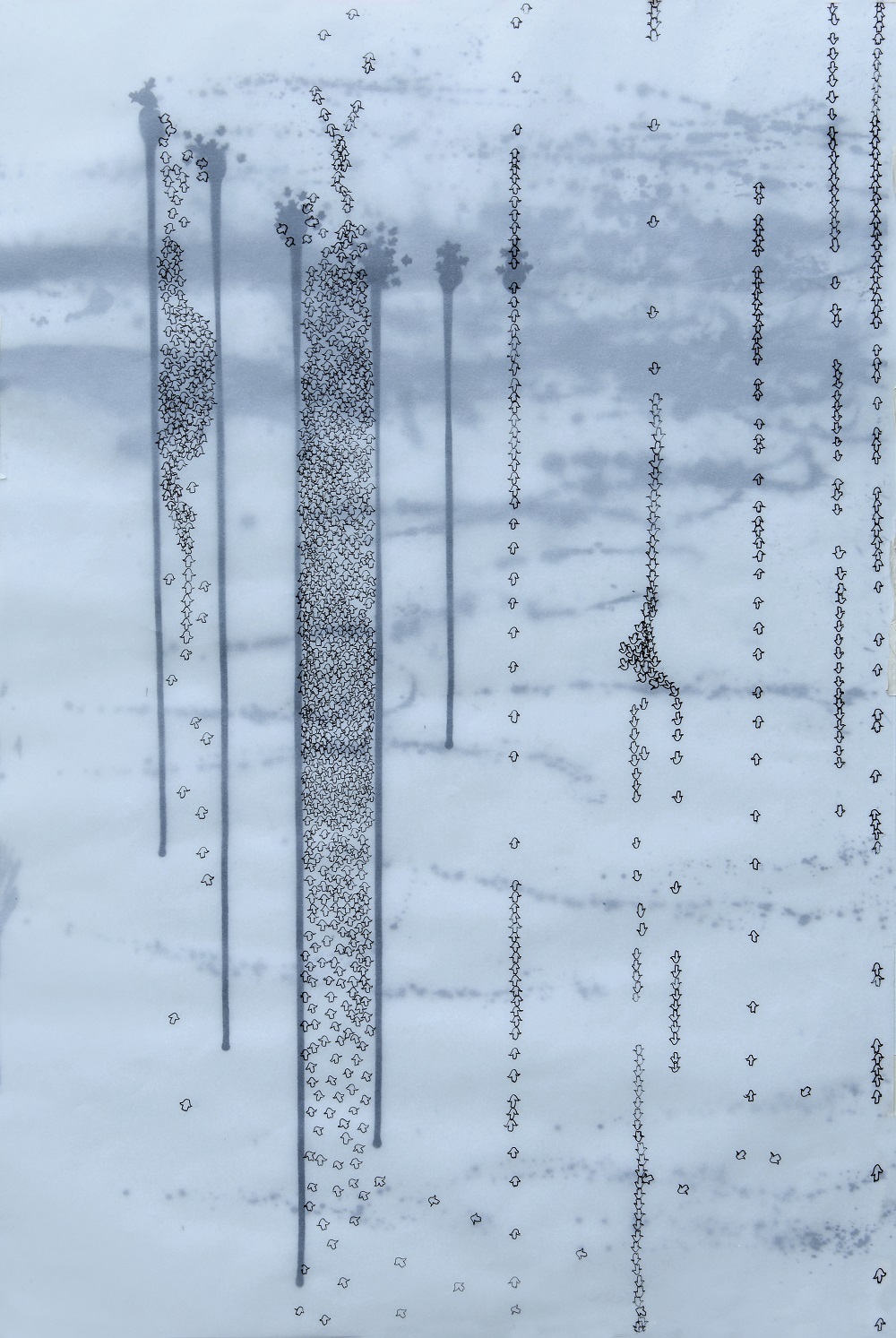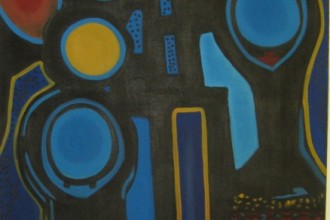By Shameen Arshad
Komail Aijazuddin is a visual artist and writer that lives and works in Lahore. He completed his bachelors’ degrees with majors in art history, journalism and studio art at the New York University (NYU) and received his MFA from the Pratt Institute, NY (2010). His work has been exhibited nationally and internationally. He’s known for his thought-provoking use of religious iconography and the inspiration he takes from manuscripts, mythology and history as he searches for the meaning of “divinityâ€. His collection, titled “Grace in Handâ€, was inaugurated at Khaas Gallery, Islamabad in September 2015, where it was enjoyed by a large crowd.
Komail Aijazuddin’s work speaks volumes of the power of simple line drawings, and proves that “less is moreâ€. Without falling prey to the complications of shades, tones and brushstrokes. His work conveys complex ideas through simple yet carefully constructed line drawings, stripping away any unnecessary details in his imagery. Stories that were being told through complex images are now effectively narrated through silhouettes and outlines. The use of silhouettes, rather than detailed figurative illustrations, gives them a more holy outlook as the figures seem more powerful in their anonymity.
The artist has extracted the best from traditional and contemporary art. He has taken inspiration from the age old art practice where religious frescos were painted onto walls to promote certain beliefs. Aijazuddin has depicted strong religious iconography that is highly influenced by Renaissance paintings. His images are similar to the holy figures found in art history or within the walls of chapels and temples.
The work also includes the art of illumination. Aijazuddin plays around with the composition and placement of these designs, manipulating them to make them more relevant today. He rejects the conventional method of limiting his imagery within the frame of his border. His characters are seen waltzing out of the border, or simply bending it in places. Aijazuddin reveals how the artist’s canvas is not restricted to within the confines of the frame, but can grow beyond that. The interruptions in the borders are oddly refreshing as the eye is no longer restricted within the margin but is free to move to either ends of the canvas.
The different images of the collection can be woven into one long narrative, showing the personal spiritual journey of the artist rather than promoting a set of isolated ideas.
The artist’s previous collections, although more to my liking, lacked the audacity and courage employed in the creation of this new series. The artist has rid himself of the need to put in all the intricate details that make up the human figure, because he can now say the same thing with less. He is definitely more at ease, without the details or crowded imagery. This collection, “Grace in Handâ€, is more confident, boasts of clarity and possesses calmness.
Images that consist of religious symbology are immediately labeled as holy, whereas the rest of the theme is automatically given the passive degree. Amazingly, in Komail’s images one is not just struck by the religious innuendos, but also appreciates the fine line quality, or the techniques of art making.
Aijazuddin has used colours ingeniously in his work. His use of the colour gold gives the work a royal and ethereal quality. Also the use of similar imagery upon different coloured backdrops shows everything that can be done when dealing with the subject at hand. The contrast of the navy blue or black environments against gold in particular, cannot be defined as anything other than amusing to the eye. The successful use of bright backdrops confirms that a dark palette does not necessarily have to be used to convey a holy or sacred aura like that of the Renaissance or Baroque period.
Aijazuddin’s artwork is a beautiful unification of several religions — placing them under one banner: the image of God. Whether you like it or not, you have to admire the courage it takes to create imagery like this in a country like Pakistan.
Shameen Arshad is an art editor at the magazine.

